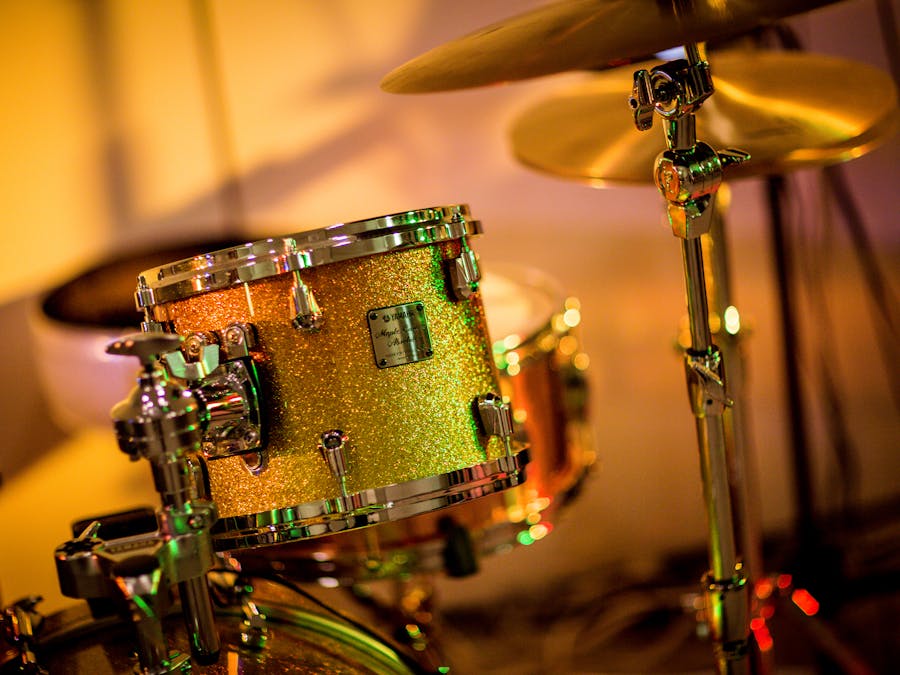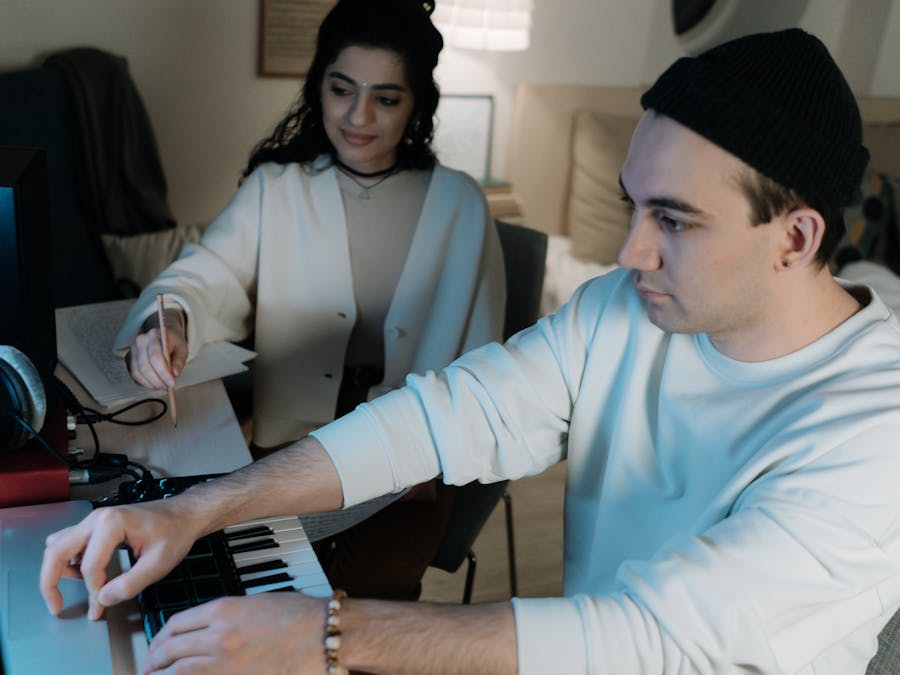 Piano Guidance
Piano Guidance
 Piano Guidance
Piano Guidance

 Photo: Pixabay
Photo: Pixabay
Counting, rhythm, scales, intervals, patterns, symbols, harmonies, time signatures, overtones, tone, pitch. The notations of composers and sounds made by musicians are connected to mathematics.

In addition to letters, numerals, punctuation marks, and symbols, the typing keys also include Shift, Caps Lock, Tab, Enter, the Spacebar, and...
Read More »
Pianists typically start memorising a piece by learning the musical periods and then breaking down the major parts to the number of bars that they...
Read More »
Jazz is first and foremost an aurally learned music. Learning music by ear is not always the easy way, and if you aren't used to it, you may find...
Read More »
The Beatles have the edge in this category. They put 62 titles in the “Hot 100” between 1964-1970, while Elvis charted 57 sides between 1956-1962.
Read More »Turning math into music. Sean Hardesty (Rice University) plays the opening of the Sibelius Violin Concerto and discusses the relationship between mathematics and music. The world's ugliest music: Scott Rickard at TEDxMIA. Scott Rickard has degrees in mathematics, computer science, and electrical engineering from M.I.T. and MA and PhD degrees in applied and computational mathematics from Princeton University. Rickard says that he is "passionate about mathematics, music and educating the next generation of scientists and mathematicians." Robert Schneider - Reverie in Prime Time Signatures (August 2013, Banff Centre). Robert Schneider (Apples in Stereo/Elephant 6) composed this theme for "MSI (Math Sciences Investigation): Anatomy of Integers and Permutations," a play by mathematician Andrew Granville and screenwriter Jennifer Granville. "As the title indicates, the piece is written in prime-numbered time signatures; which is to say, there is a prime number of beats in each measure. The main theme plays in the time signature 7/4, which indicates 7 beats per measure, with an interlude that passes through the signatures 2/4, 3/4 and 5/4 as well. From the constraints imposed by these rhythmic patterns, melodies emerged naturally as I composed, special to each prime..." Music and math: The genius of Beethoven – Natalya St. Clair TED Ed. Natalya St. Clair uses the Moonlight Sonata "to illustrate the way Beethoven was able to convey emotion and creativity using the certainty of mathematics." The Math Behind Music. Ethan Thompson and David Hamilton explain the math behind music in a fun, concise way in this finalist entry in the 2015 Math-O-Vision contest.

Playing 12-Bar Blues The blues scale sounds great paired with a variety of chords, but it's especially at home being played over 12-bar blues. The...
Read More »
B Minor Levitating is written in the key of B Minor. According to the Theorytab database, it is the 6th most popular key among Minor keys and the...
Read More »
What are the standard piano notes? Each key on a piano uses seven basic notes (C, D, E, F, G, A, B). These notes repeat themselves all over the...
Read More »
Yes, any piano can be tuned after years of no use, as long as it is working condition. Keep in mind, however, that a severely out-of-tune piano...
Read More »
The powerful Mercedes-Benz, which has been fully restored, could fetch up to $7 million. Dec 23, 2017
Read More »
Key Duplication A regular house key usually costs $1 to $10 to copy, but if you have a transponder key that's coded to your car's security system,...
Read More »